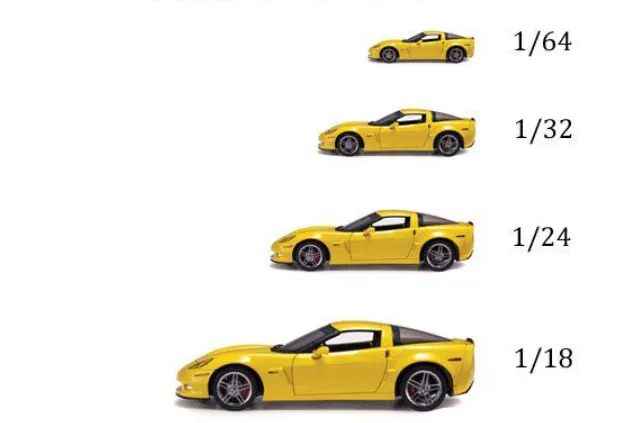Understanding Diecast Car Scales
Diecast cars, miniature replicas of real-life vehicles, have captivated enthusiasts for generations. One of the most crucial aspects of diecast car collecting is understanding the different scales available. Scale refers to the ratio between the size of the model car and the size of the actual vehicle. This guide provides the top 10 facts you need to know about diecast car scales, helping both novice and experienced collectors navigate the fascinating world of miniature automobiles. This will also assist in determining the size and details of a particular model, which is vital for display, storage, and collecting purposes. Let’s begin.
What are Diecast Cars?
Diecast cars are model vehicles produced by using the die-casting process. This involves injecting molten metal (typically zinc alloy) into molds to create intricate and detailed replicas of cars, trucks, and other vehicles. These models are celebrated for their realism, intricate detailing, and durability, making them a favorite of both children and adult collectors. From classic muscle cars to modern supercars, diecast cars encapsulate automotive history and innovation.
The History of Diecast Cars
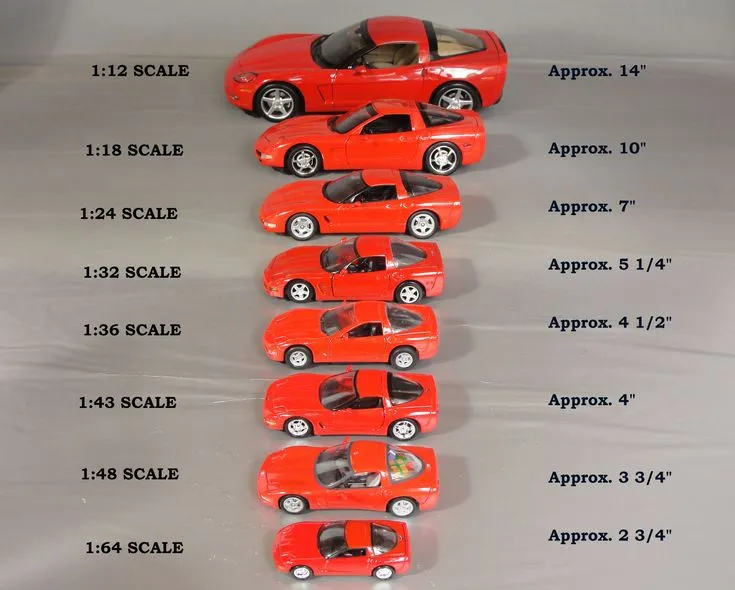
The history of diecast cars dates back to the early 20th century, with the first models appearing in the late 19th century. Initially, these models were made of lead, but the introduction of zinc alloys after World War II revolutionized the industry, allowing for more detailed and durable models. Companies like Dinky Toys and Corgi Toys were pioneers, setting the stage for the widespread popularity of diecast car collecting, which continues to thrive today. These early models were often toys for children, but over time, the level of detail and craftsmanship increased, transforming them into collectibles. Nowadays, manufacturers produce premium, highly detailed models for adult collectors.
Common Diecast Car Scales
Diecast cars come in a variety of scales, each offering a different level of detail, size, and display options. Choosing the right scale is essential for any collector, and understanding these common scales is the first step. Popular scales such as 1 18, 1 24, 1 43, and 1 64 are widely available, each catering to different preferences. The scale determines the ratio between the model and the real car, influencing the model’s size and level of detail. These are also the most popular scales.
1 18 Scale Detailed Cars
The 1 18 scale is a favorite among collectors who appreciate detail. These models are typically around 10 inches (25 cm) long, allowing for intricate designs and features. The larger size allows for a high level of detail, including opening doors, hoods, and trunks, detailed engines, and accurate interiors. This scale is perfect for showcasing the craftsmanship of the model car and is a popular choice for many collectors. These models often have a high level of detail, making them stand out in any collection. The bigger size also allows for a more tactile experience and greater visual appeal.
1 24 Scale Popular Choice
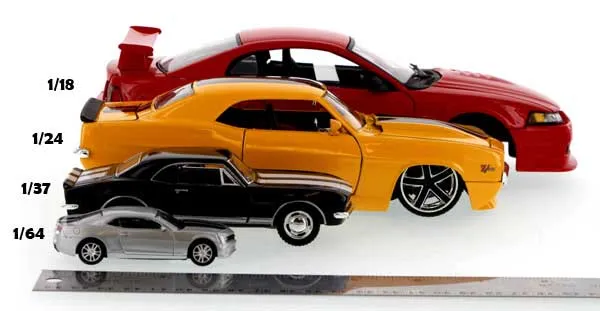
The 1 24 scale offers a balance between size and detail. These models are smaller than 1 18 scale, usually around 7-8 inches (18-20 cm) in length, making them suitable for display in various spaces. They provide a good level of detail while remaining relatively affordable. This scale is also a popular choice among many collectors due to the wide variety of models available. Many manufacturers produce models in this scale, resulting in a broad selection of vehicles, from classic cars to modern sports cars. This makes it easier for collectors to find models they love and build diverse collections.
1 43 Scale Compact Collectibles
The 1 43 scale is perfect for collectors who want to display a large number of models in a limited space. These models are approximately 4 inches (10 cm) long, making them ideal for creating expansive collections. They are also often more affordable, allowing collectors to acquire a wider range of models. Despite their smaller size, 1 43 scale models can still offer a good level of detail, making them a popular choice for many collectors. The scale also enables easy storage and display, allowing collectors to showcase their models in various settings.
1 64 Scale Matchbox and Hot Wheels
The 1 64 scale is perhaps the most widely available, primarily due to the popularity of brands like Matchbox and Hot Wheels. These models are compact, typically around 3 inches (7.6 cm) long, and are designed for play as well as collecting. This scale is also an affordable option for both children and adult collectors. Despite the smaller size, these models often boast vibrant designs and extensive ranges, catering to a broad audience. These small scale models are a great way to start a collection, due to their affordability and the variety of models.
Other Less Common Scales
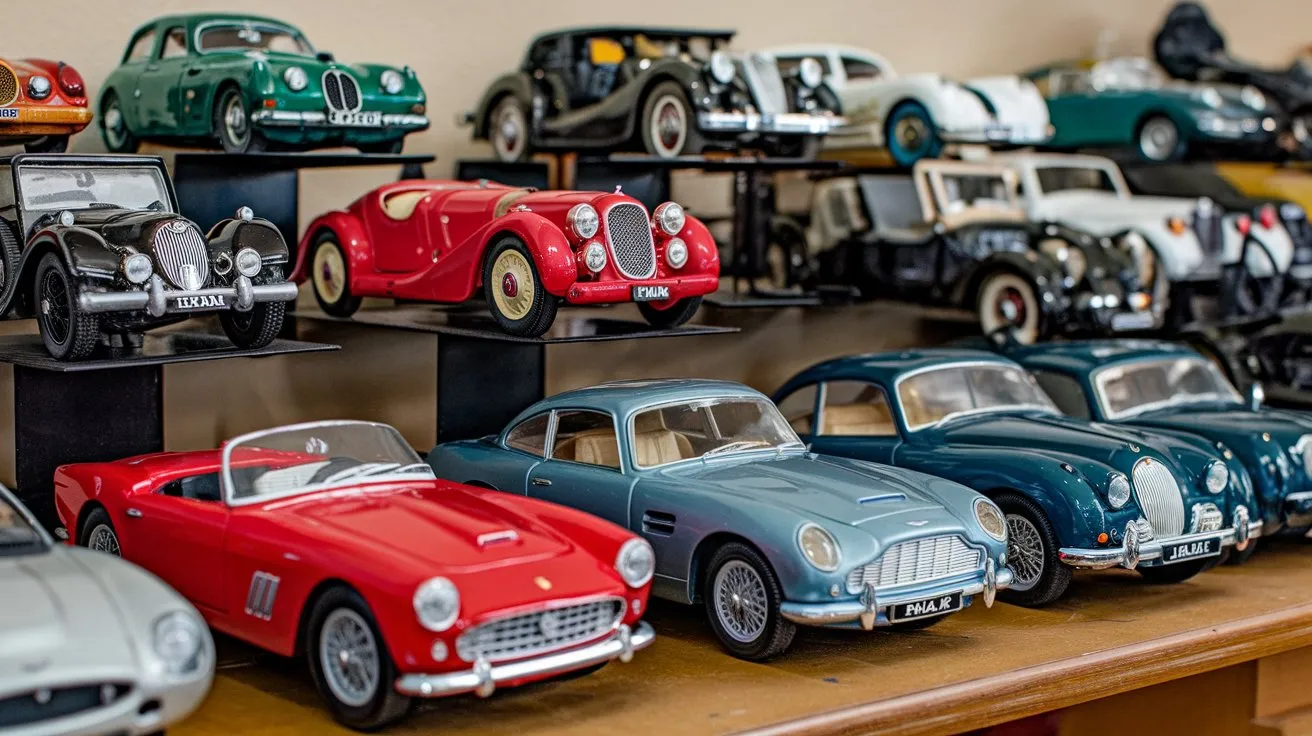
Besides the more popular scales, other less common scales also exist, each offering a unique perspective. Scales like 1 12, 1 32, and others are available. While these scales may not be as widely produced, they cater to specific collector preferences. Some collectors appreciate the larger size and enhanced detail offered by the 1 12 scale, while others look for unique and specialized models in less common scales. The availability of models can vary depending on the manufacturer and the specific vehicle being modeled.
Factors Influencing Scale Choice
Choosing the right scale for a diecast car collection depends on several factors, including personal preferences, available space, and budget. Understanding these factors can help you make informed decisions and build a satisfying collection. Consider what you want to get out of your collection. These considerations will guide your choices, ensuring that you build a collection that aligns with your interests and resources. From collecting preferences to space constraints and budget, understanding the various elements that affect your choice is essential to building a collection that resonates with your interests.
Collecting Preferences
Your personal collecting preferences play a significant role in determining the best scale for you. If you love detailed models with intricate features, the 1 18 scale might be ideal. If you prefer a wider variety of models, the 1 24 scale or even 1 43 scale might be a better choice. Think about what type of vehicles you want to collect, as some scales may have a more extensive selection of particular car types. Your collecting focus will help determine the appropriate scale for you.
Available Space
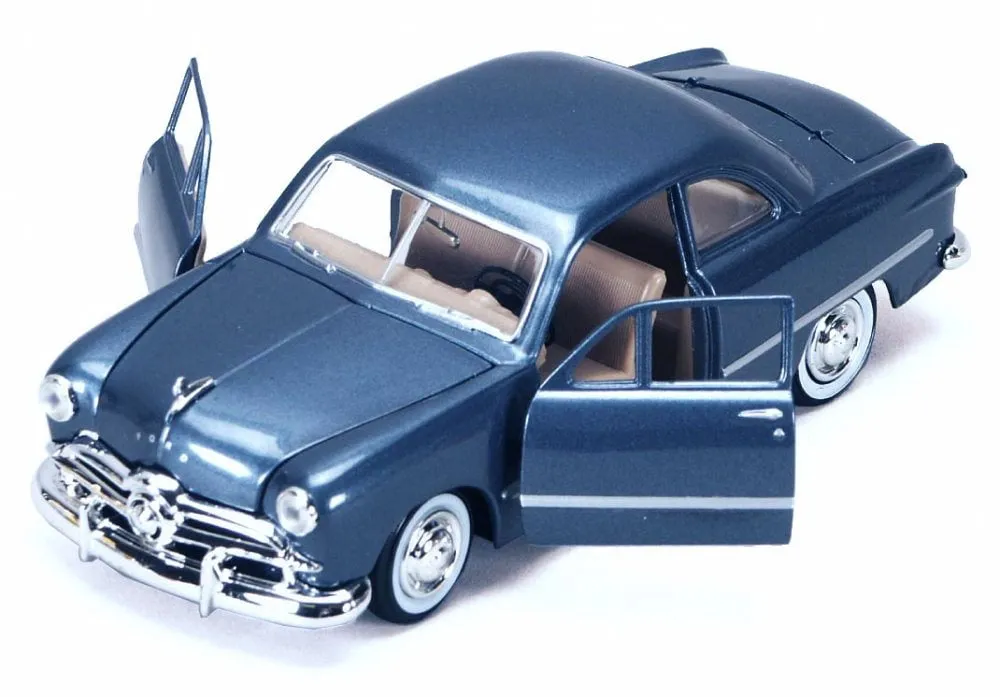
The amount of space you have available for displaying and storing your collection is another critical factor. If you have limited space, consider smaller scales like 1 43 or 1 64, which will allow you to showcase a larger number of models. If space isn’t a constraint, you might opt for larger scales like 1 18. Space limitations often drive the choice of scale, so evaluating your available space is crucial before beginning your collection. Consider the size of your display area or storage space when making your decision.
Budget Considerations
Budget is a significant factor, especially when starting a collection. Larger scales like 1 18 tend to be more expensive than smaller scales. Setting a budget beforehand will help you decide which scale best suits your financial situation. Starting with a smaller scale can be beneficial, as it allows you to acquire more models without breaking the bank. However, balance the cost with the level of detail you desire. Consider how much you are willing to spend on each model, and adjust your scale accordingly. This will allow you to build a fulfilling collection without overspending.
Benefits of Collecting Different Scales
Collecting diecast cars in different scales offers several unique advantages, allowing for diversity and flexibility in your collection. Combining different scales offers a more dynamic and versatile collecting experience. Whether it is to cater to different display options, take advantage of investment opportunities, or simply to vary your selection, collecting across various scales can enhance the overall enjoyment of the hobby. Here are some benefits that can enhance your enjoyment.
Variety and Diversity
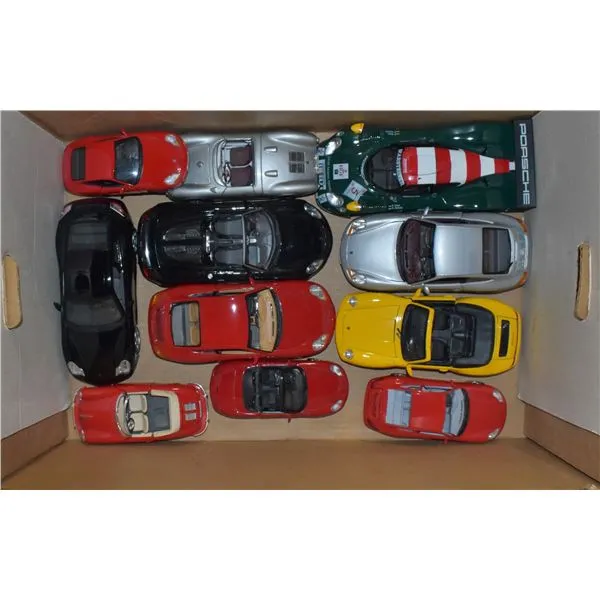
Collecting across different scales allows you to build a collection with greater variety and diversity. You can include a range of vehicles and models that might not be available in a single scale. This can also enable you to focus on specific models or brands in one scale, while exploring different themes or eras in another. This approach allows for a broader collecting experience. This variety helps make your collection more interesting and exciting. This enhances the overall enjoyment of the hobby, allowing you to explore various niches within diecast collecting.
Display Options
Different scales offer unique display options. Smaller scales are ideal for creating densely packed displays, while larger scales make a more prominent statement. Combining scales allows for creative arrangements and visual interest. You can use different display cases and shelves for different scales. Mixing scales within the same display can add depth and dimension, offering new ways to showcase your collection. Consider using a combination of scales to create visually dynamic and appealing arrangements.
Investment Potential
Some diecast car models can appreciate in value over time, making them an attractive investment. Collecting different scales allows you to diversify your investment portfolio within the hobby. The value of a diecast model is influenced by its rarity, condition, and scale. Limited-edition models in desirable scales may offer a greater investment potential. However, it is always a good idea to do your research and consider the potential for price appreciation. However, remember that collecting diecast cars should primarily be about enjoyment, not just financial gain.
Top 10 Diecast Car Scales Facts

Here are ten key facts to help you understand the various diecast car scales and what they mean. This will summarize the essential information about the different scales and provide a convenient reference point for collectors of all levels.
Scale 1 18 Definition
1 18 scale means that the model is 1/18th the size of the real car. These models are generally around 10 inches (25 cm) long and are known for their high level of detail, including opening doors, hoods, and trunks. They provide an excellent opportunity to showcase a model’s intricate features, making it a favourite among collectors.
Scale 1 24 Definition
1 24 scale models are 1/24th the size of the real car. These models are typically around 7-8 inches (18-20 cm) long and provide a balance between detail and size. They are often a popular choice due to the wide availability of models in this scale. A wide variety of vehicles are available in 1 24 scale, making it a great option for various collectors.
Scale 1 43 Definition
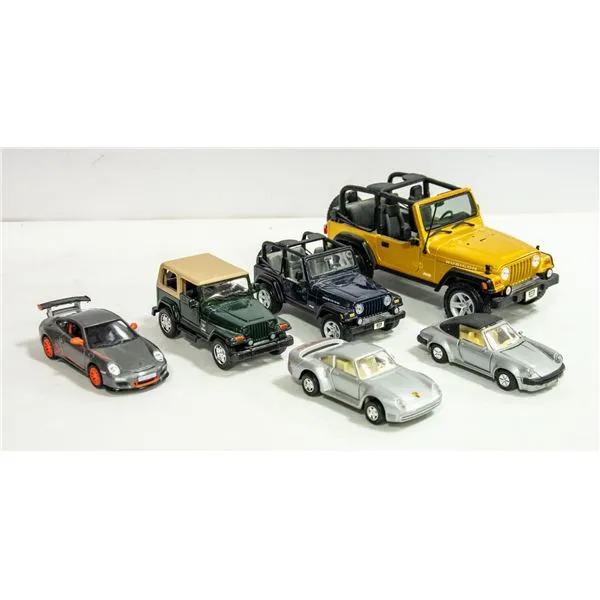
1 43 scale models are 1/43rd the size of the real car. These models are approximately 4 inches (10 cm) long, and they are ideal for collectors with space constraints. They are also very popular for their affordability, allowing you to acquire a larger number of models without overspending.
Scale 1 64 Definition
1 64 scale models are 1/64th the size of the real car. These models are very compact, usually around 3 inches (7.6 cm) long. They are known for being affordable and easily accessible, especially through brands like Matchbox and Hot Wheels. This scale is a great way to introduce young and adult collectors to the diecast hobby.
Scale O Definition
Scale O is a model train scale, but it’s sometimes used for diecast vehicles. The scale is typically 1 48 and is frequently used for model railroads. It offers a good level of detail and is popular among model railroad enthusiasts who like to incorporate diecast vehicles into their layouts.
Scale HO Definition
HO scale is another model train scale, often used for diecast vehicles. HO scale typically means 1 87 and is one of the most popular scales for model railroading. This scale is compact and allows for creating expansive layouts. It’s an excellent choice for enthusiasts who want to combine model trains and diecast vehicles.
Scale N Definition
Scale N is a model train scale, often used for diecast vehicles. The scale is typically 1 160. This scale is very compact, allowing for the creation of intricate and extensive layouts, and is ideal for those with limited space. Its popularity is largely driven by the ability to fit a lot of detail into a small area.
Scale Z Definition
Scale Z is the smallest mass-produced model train scale. The scale is typically 1 220. It is extremely compact, making it perfect for modelers with very little space. Due to its size, Scale Z is an interesting option for those interested in highly detailed models.
Scale TT Definition
TT scale, or table-top scale, is another model train scale used for diecast vehicles. The scale is typically 1 120. It is a popular scale due to the balance it offers between size and detail, making it easy to display and handle. TT scale is a viable option for collectors who want the best of both worlds.
Scale Gauge 1 Definition
Gauge 1 is a large-scale model train scale that also includes diecast vehicles. The scale is typically 1 32. It is very popular with people looking for high levels of detail, and also for its robustness. This scale offers an immersive experience, offering the most of the details.
